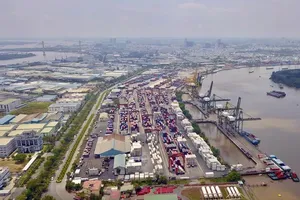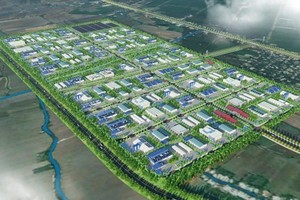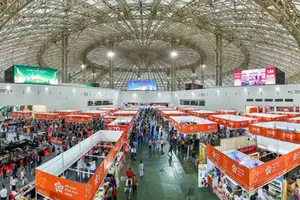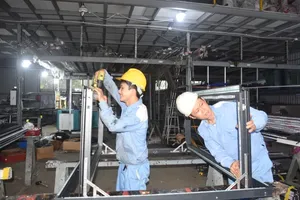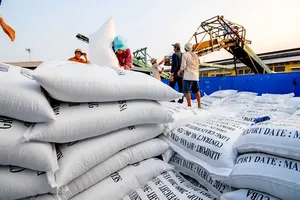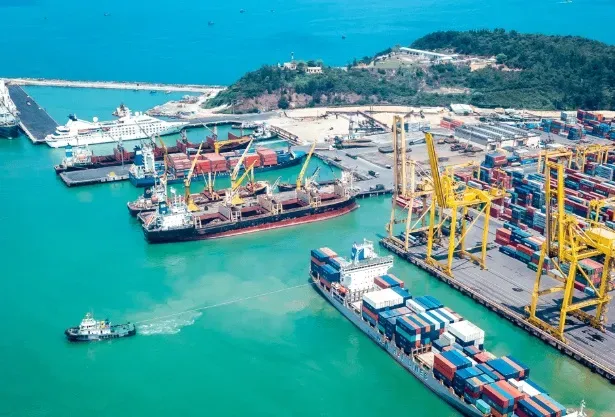
Vietnam aims to expand its logistics services sector by 12-15 percent annually over the next decade, while cutting logistics costs to 12-15 percent of GDP and building 5-10 international-standard logistics hubs, according to a new national strategy recently approved by the Government.
The plan also seeks to establish Vietnam as a logistics hub in Southeast Asia by 2035.
Growth target of 12–15 percent annually through 2035
The 12-15 percent annual growth goal is viewed as attainable, given the sector’s 14-16 percent expansion in recent years. A key goal is trimming logistics costs to 12-15 percent of GDP from the current 18-20 percent to bolster competitiveness. The plan also targets lifting the industry’s value-added share to 5-7 percent of GDP and pushing Vietnam’s Logistics Performance Index (LPI) ranking into the global top 40. Under the strategy, at least five modern logistics centres meeting international standards will be developed.
By 2050, the sector is projected to contribute 7-9 percent of GDP, with logistics costs lowered to 10-12 percent of GDP and the LPI ranking entering the world’s top 30, backed by 10 state-of-the-art hubs.
To meet these targets, Vietnam is courting major investments from multinational logistics companies able to link into global supply chains. The Government will also back local firms in delivering integrated 4PL and 5PL services.
At the same time, the country intends to step up spending on infrastructure, including roads, railways, waterways, aviation, distribution centers, smart warehouses, specialised storage and free-trade zones.
Vietnam among top emerging logistics markets
The logistics industry has grown 14-16 percent annually in recent years. In 2024, Vietnam ranked among the world’s top 10 emerging logistics markets, top four in the logistics opportunity index and top 43 in the LPI.
Bui Ba Nghiem, deputy head of the strategy drafting committee at the Ministry of Industry and Trade’s Agency of Foreign Trade, said the country has ample potential to integrate further into the global supply chain.
Vietnam’s transport network covers all regions via five main modes - rail, road, air, inland waterway and sea, with almost 3,000km of expressways. Warehouses and logistics centres continue to grow in size and number.
Future expansion will be fueled by export-driven manufacturing, e-commerce growth, transport and port infrastructure upgrades, and ongoing spending on digital tracking and smart warehousing.
Pushing Vietnam toward regional logistics powerhouse
The approved strategy aims to create a better business climate, draw capital and cement Vietnam’s role as a regional logistics powerhouse. With its strategic location as ASEAN’s gateway and extensive network of free trade agreements, Vietnam is primed to emerge as a major hub.
Still, funding shortages have stalled several flagship projects. “Some Government-assigned projects lack adequate resources to start”, Nghiem said, calling for proper budget support to launch the strategy.
In addition, to implement the strategy, a large amount of capital must be mobilised for infrastructure development. However, attracting FDI into the logistics sector has always been challenging, as this is a conditional business field. Moreover, prolonged administrative procedures, inconsistent infrastructure, and the lack of modern connectivity among warehouses, seaports, and road systems increase costs and reduce operational efficiency, thereby raising concerns among investors in this service industry, he noted.
